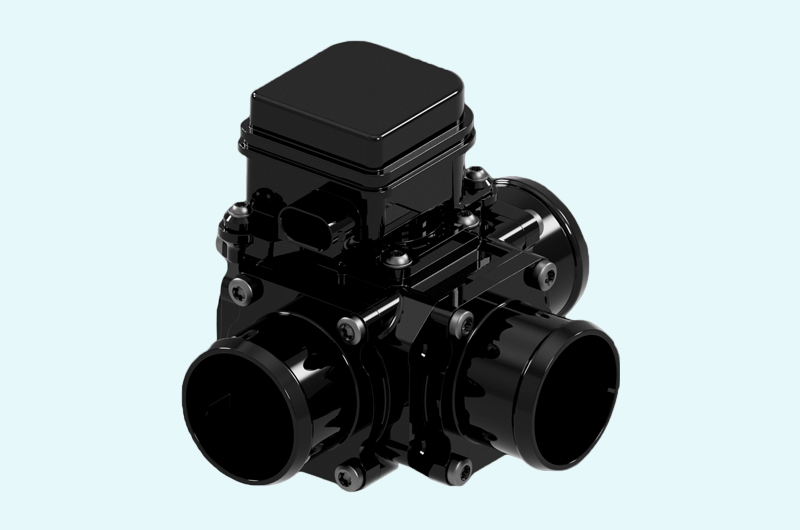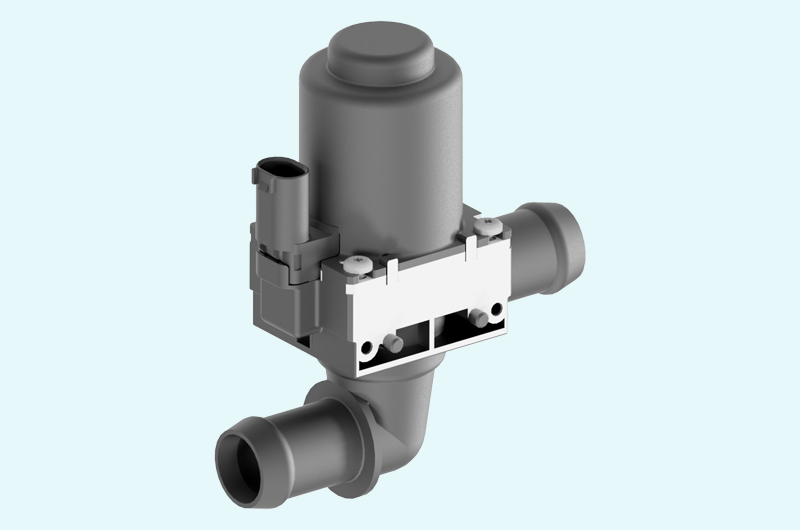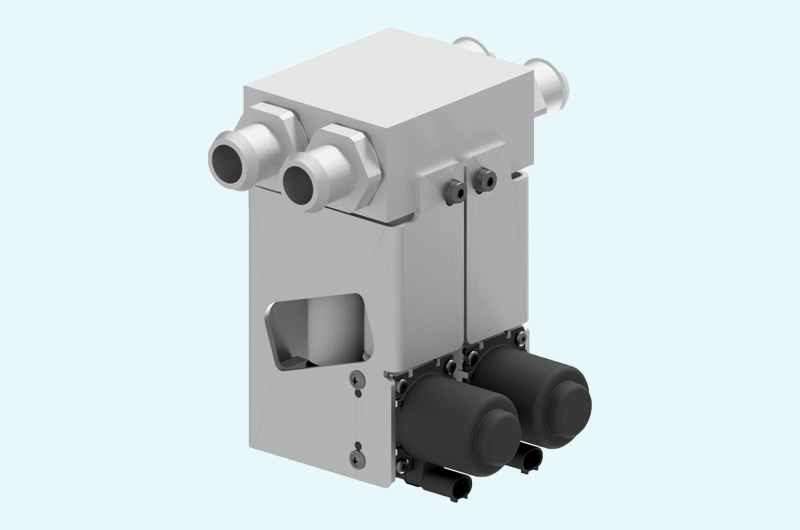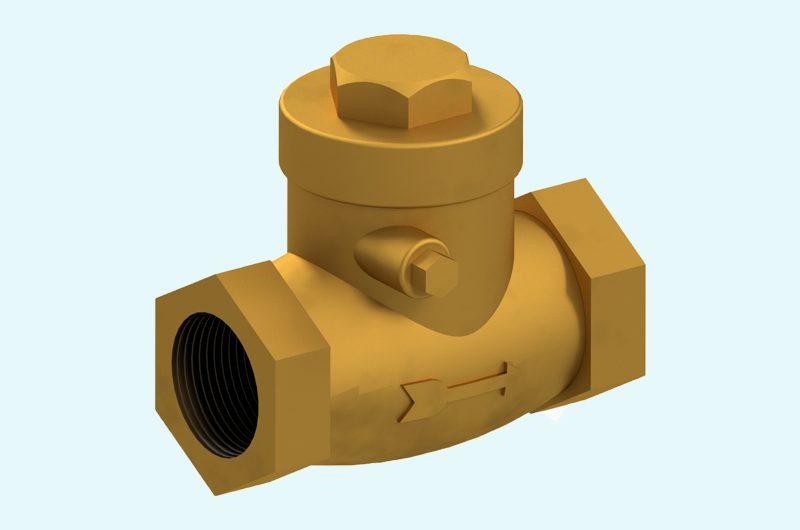Coolant Valves for thermal management systems
Coolant valves for electric vehicles, fuel cell vehicles and other applications
Complex cooling architecture incorporates coolant valves within the system to regulate and zone coolant flow for electric vehicles (EVs) or fuel cell vehicles (FCVs). Coolant valves can direct coolant towards the battery when operating at high temperatures and allow for quicker heating when the battery is cold by reducing the coolant volume being heated and prioritising key components. These dynamic changes in architecture allow system priorities to be managed through the control system.
Cooling valves are essential for the cooling architecture system
Our range of cooling valves includes the 3-way proportional valve, an essential part of the cooling architecture system for EVs and FCVs. Its 3-way configuration is designed to efficiently direct high flowrate coolant to multiple pathways, such as the heat exchanger or bypass, depending on the application’s cooling requirements. Fuel cell valves are typically designed for low coolant pressure drop, ensuring the system operates at peak efficiency. The valve is CAN-controlled, further enhancing its functionality.
The 2-way valve opens or closes during the driving / charging cycle. Prioritising the onboard charger sub-circuit is crucial by isolating it from the main coolant loop in a charge cycle. This technique significantly reduces stress on the coolant pump and minimises energy consumption, contributing to the system’s overall efficiency. By zoning the cooling system, unnecessary flow is not sent to the driveline when stationary and charging.
Contact us to learn more about our range of coolant valves and bespoke design.
Coolant Valves
3-Way Valves
Our 3-way valves offer seamless flow management, with positional valves ensuring smooth transitions between different paths. These valves not only enhance thermal performance and energy efficiency but also enhance circuit design, reduce system weight, and improve overall reliability.





